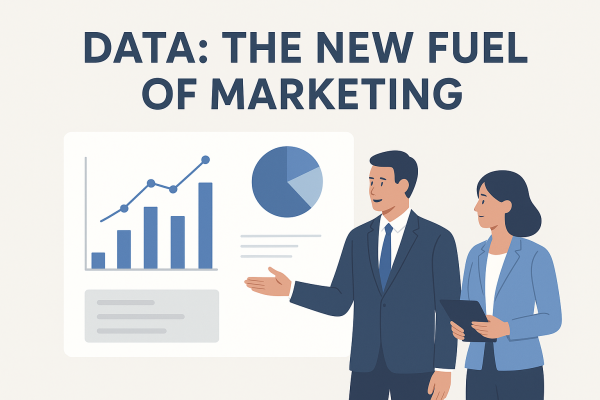
Last week, I had a chat with a friend of mine who’s an actor. He was venting about how brands only want influencers with massive followings. You know the type of influencers who have more followers than the population of Lesotho, but when they post something, you can hear the crickets. 🦗
Here’s the thing, having more followers doesn’t mean you have influence. We’re living in an era where you can buy followers faster than you can buy airtime. Some people’s follower counts are like those huge family gatherings, looks impressive, but half the people there don’t actually know you.
I’ve also noticed that some social platforms like X have started cracking down on fake followers. One day you’ve got 100,000 followers, the next, you’re down to 23,000 and wondering who unfollowed you. But even with these cleanups, people still find creative ways to buy robot followers.
Here’s an example: Influencer A has 200,000 followers but gets only 200 likes per post and maybe three comments, one from a cousin, one from a bot, and one from someone asking “Where did you buy that shirt?”. Meanwhile, Influencer B has only 10,000 followers, but every time they post, the comments section lights up like a New Year’s Eve party. People engage, ask questions, tag their friends, and genuinely connect with the content.
So, who should a brand choose? Easy, Influencer B all day, every day. Because engagement is where the magic happens. That’s where conversations start, trust is built, and sales are made. Followers might make your brand look good, but engagement makes your brand grow.
The next time you’re choosing an influencer, don’t get hypnotized by the numbers. Look at the connection. Look at how their audience reacts. Do they care? Do they comment? Do they laugh, share, or cry when the influencer posts? That’s what matters.
Because at the end of the day, it’s not about how many people follow you, it’s about how many people actually listen.



